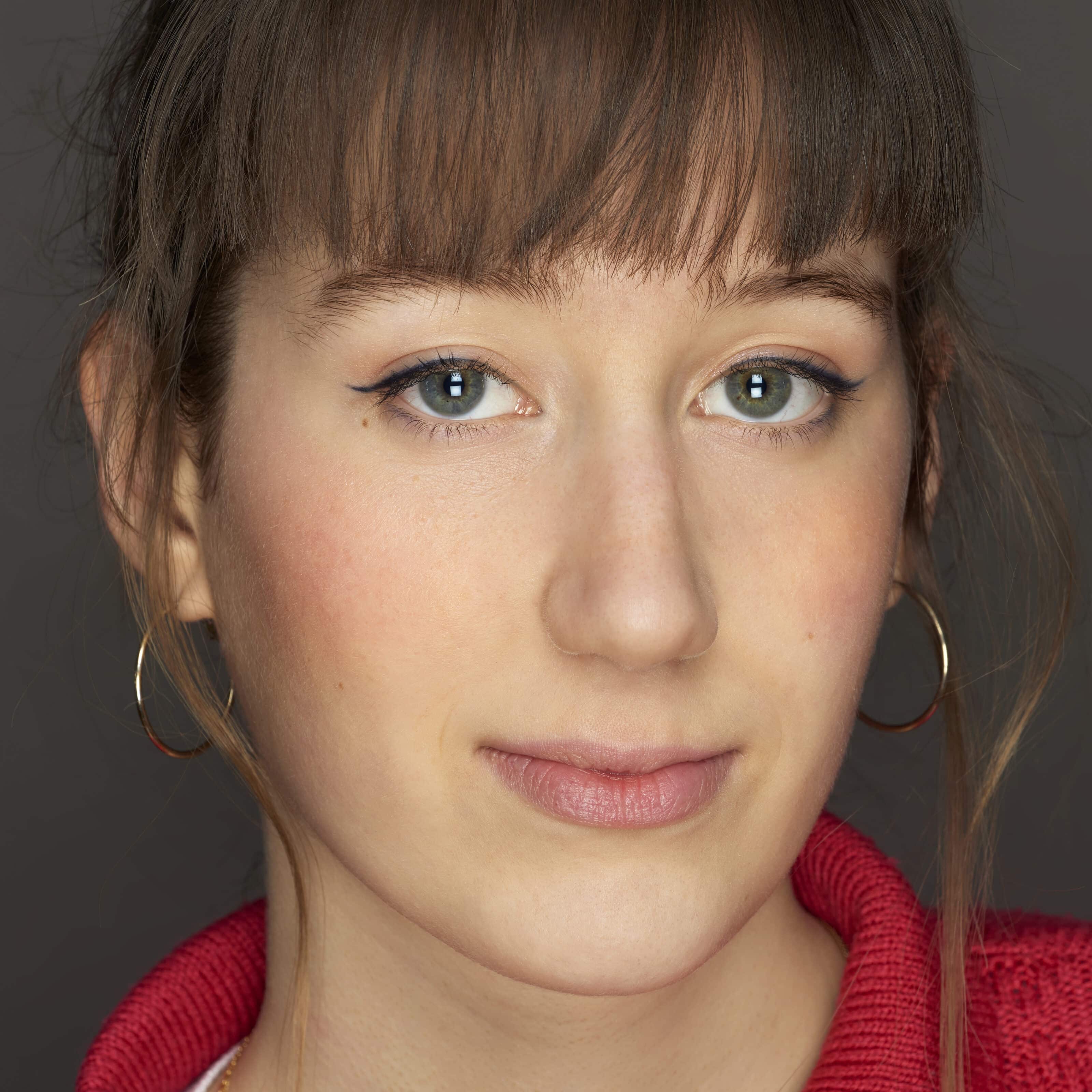It's 3 p.m. outside the signing booth at Paris Photo last November. Barely 5 minutes later, the queue is already long. It’s no secret that, in the world of photography, Joel Meyerowitz is something of a celebrity. Alongside Alex Webb, William Eggles...




